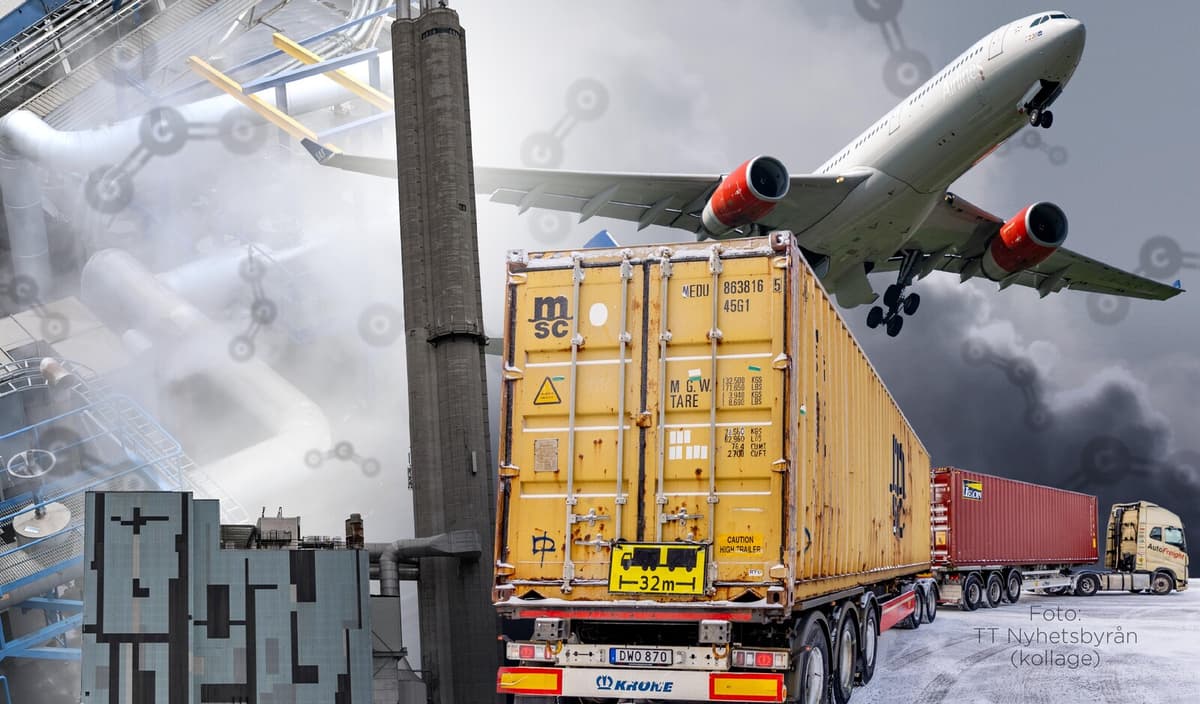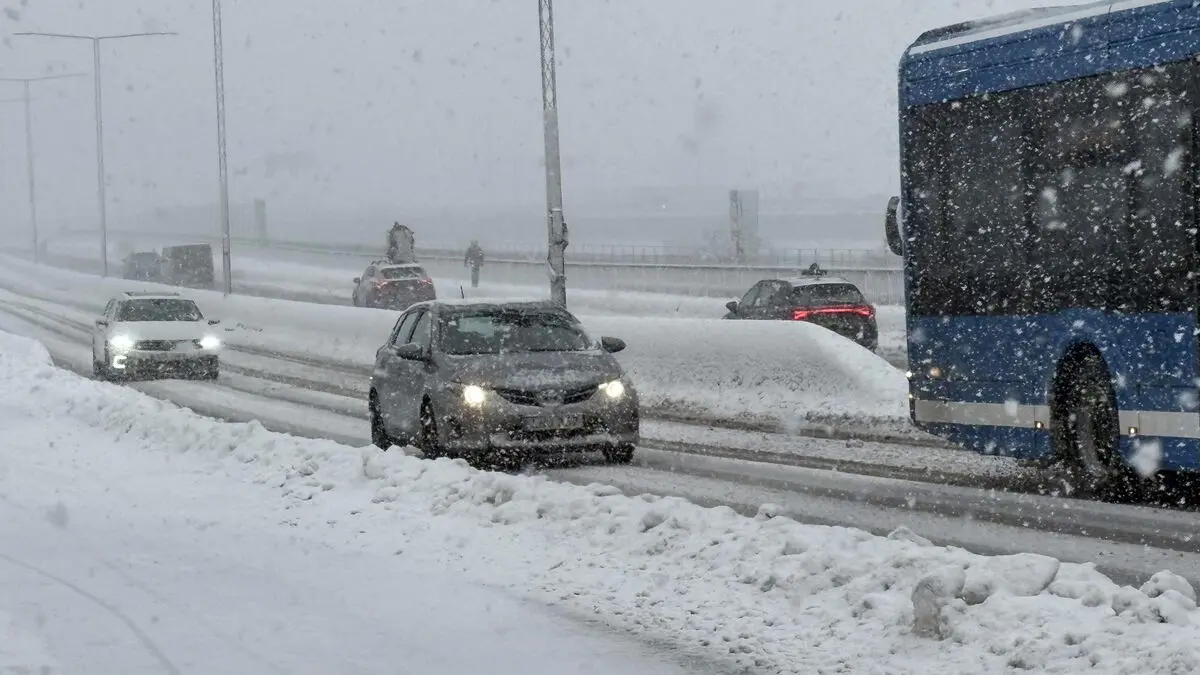So-called CCS technology has been identified by the UN's climate panel IPCC as an important piece of the puzzle if the world's countries are to succeed in keeping the global temperature increase well below 2 degrees, in addition to emission reductions. CCS ("carbon capture and storage") involves sucking up carbon dioxide and then storing it, for example, underground.
In some calculation models from IPCC, it has been calculated that it should be possible to store 1,000 gigatons of carbon dioxide by 2100. But it will probably not work, believe researchers from Chalmers in Gothenburg and the University of Bergen in a new analysis published in the journal Nature Climate Change.
"Even if there are ambitious plans for CCS, there are major doubts about whether they are feasible," says lead author Tsimafei Kazlou in a press release.
The researchers, who have gone through previous and current CCS projects, and compared them with, for example, the development of wind and nuclear power, show that we can hardly store more than 600 gigatons of carbon dioxide during this century.
But 600 is not an insignificant figure. It is the reasonable upper limit. We tried to make assumptions that are really ambitious but still realistic, we didn't pull a number out of thin air, says Jessica Jewell, lecturer at Chalmers and one of the authors.
"Still extremely expensive"
In Sweden, there are several projects underway where carbon dioxide is to be captured in power plants' chimneys, although the shovel has not yet been put in the ground anywhere.
CCS is still extremely expensive and financing problems prevent most projects from getting past the idea stage, says Jessica Jewell.
There was a wave of CCS projects 15 years ago. Of those, 90 percent failed, according to the analysis. But there are differences between then and now.
The new portfolio is different and more varied, it has also changed to include applications with a lower failure rate, says Jewell.
"Difficult to achieve"
To reach 600 gigatons, more projects need to succeed than in the previous wave. Moreover, it needs to happen quickly – and then accelerate.
CCS must increase as much as wind power grew in the 2000s, and around 2050 it must start growing as fast as nuclear power did in the 1970s and 80s. And those are really fast expansion rates, so they will be difficult to achieve, says Jewell.
CCS stands for Carbon capture and storage, i.e. separation and storage of carbon dioxide, for example, from a coal-fired power plant's chimney or from a power plant's chimney. Often "bio" is added as a prefix, if the carbon dioxide collected comes from renewable sources.
DAC, or Direct Air Capture, involves capturing carbon dioxide directly from the atmosphere.
The idea with the captured carbon dioxide is often to pump it underground for storage.
CCU stands for Carbon capture and utilization, separation and utilization, and involves using the collected carbon dioxide as a raw material, for example, to produce methanol.





